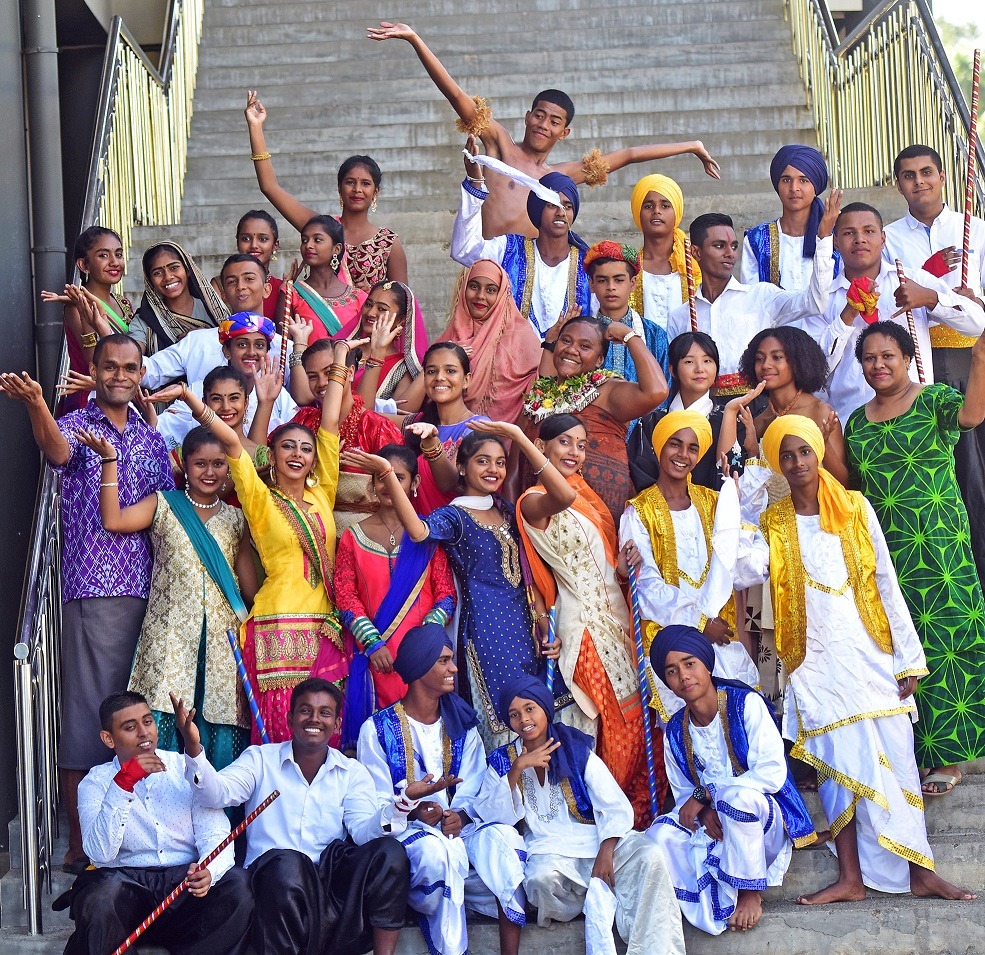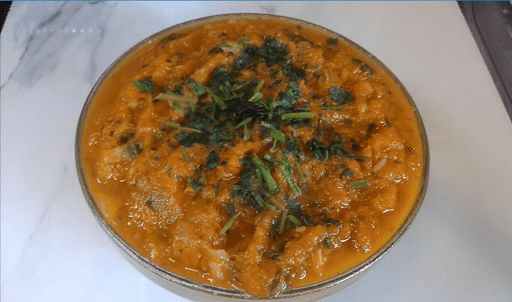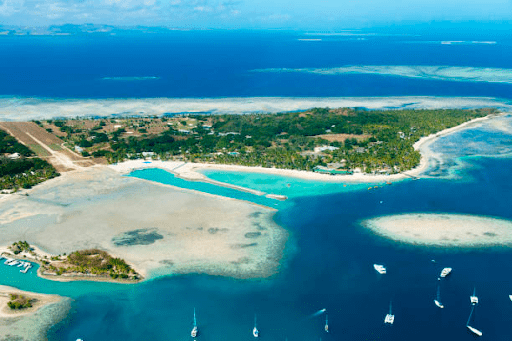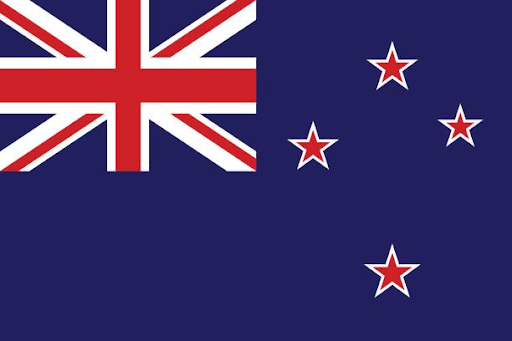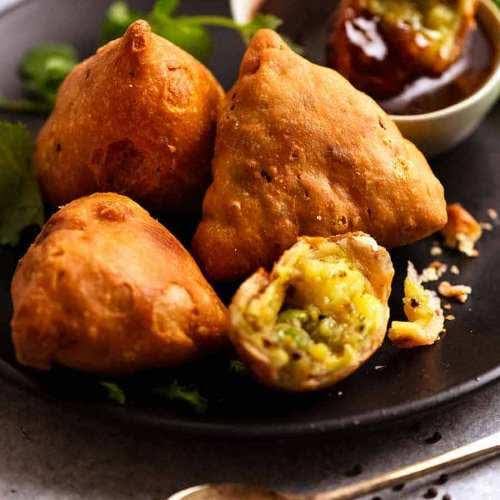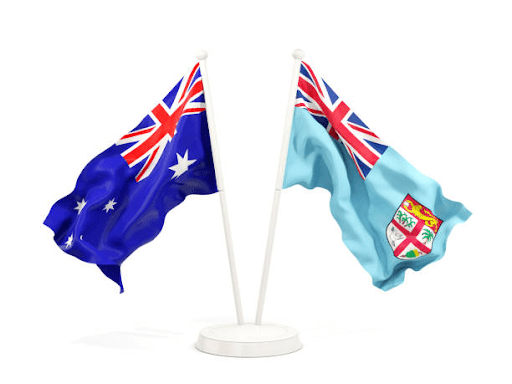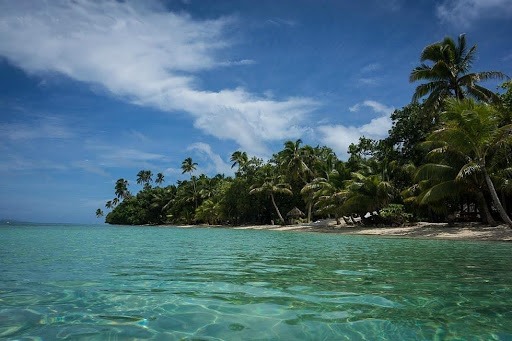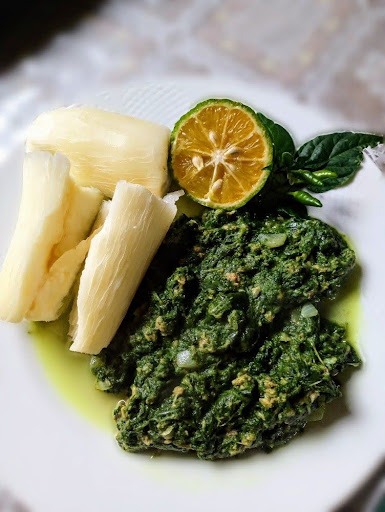Indians in the Pacific
India, one of the oldest and earliest of Britain’s colonies, was the backbone of the empire during its expansion, supplying resources and labour to Britain and its emerging colonies. Britain expanded late into the Pacific in the 1800’s when most of Africa, Asia and the Americas had been colonised. Its expansion into its Pacific colonies, like Fiji, needed help in its function. The colony’s administrative needs were brought from the regional colonies like Australia, and its labour was outsourced from India and other Pacific territories. This article burrows into the existence and the influences of one of Fiji’s largest ethnic groups, its Indian population, second only to the indigenous I-taukei.

The voyage from South Asia to the Pacific
Britain’s new colony in the Pacific, Fiji, had been one of wonder, its British acquisition like none other and its discussion for another time. Like the use of every colony, there had to be something resourceful for Britain to extract and utilise. After the failure of the cotton industry in Fiji, there was a suggestion for an investment in the cane industry. A more promising idea, arrangements and negotiations were made, and the only thing left was the need for labour. Sir Arthur Gordon -champion of indigenous rights and then governor, disallowed the use of indigenous work in the understanding that it would disrupt their way of life. To protect indigenous culture, labour was outsourced to one of the colonies, that colony being India.
The nation’s first group of indentured labourers arrived from India on the 14th of May, 1879 on the ship, Leonidas. These labourers came under the same indentured system that dispersed a large number of Indians to the colonies such as Uganda, Trinidad, South Africa and Mauritius. For the next 37 years indentured labourers in droves arrived on Fiji’s shores searching for better opportunities. Around 60,000 Indians arrived in Britain’s new pacific colony under the guise of better pay and promising work opportunities. The scheme ended in 1916 after allegations of mistreatment and abuse, and halted its operations.
The influences of a colonised culture on another
The influences of various cultures on such a small island nation have been plentiful, whether known or unknown. If ever one gets invited to an indigenous household, notice at least curry or roti in the food dishes displayed. In the same way, Indian households have incorporated Fijian foods and ingredients such as root crops and Bele (Hibiscus manihot) into their meals. There have also been intermarriages between the two ethnic groups, conversions of religions and borrowing of some language terms.
The economic growth of the country can also be attributed to this hardworking group of people. A lot of major businesses in the capital and towns are owned by Indians, and people of Indian descent and the earliest schools apart from Christian schools are by Indians as well. Indians have also made their mark in politics, having one of the nation’s very first political parties established in the 60’s, the National Federation Party (NFP). A party that fought for cane farmers labour rights against the impending British administration and still exists today.
Clash of two cultures
The independence of Fiji was as forced as its cession was imposed on Britain, and much of it had to do with Britain’s attempts at recovery after the world war and local Indian labourers’ demand for better working conditions. By 1970 Britain granted Fiji’s independence much to the dismay of Fiji’s indigenous Chiefs. What followed after had been a series of coup d’état’s that resulted in the migration of a large number of Fiji Indians.
The relationship between Fiji’s two largest ethnic groups has always been of a sensitive nature, and this possibly stems from the social restraint that indigenous Fijians were confined in. Although the colonial administration’s intentions were best at trying to protect Fiji’s indigenous way of life, this social confinement had made natives suspicious of change and kept them away from mainstream society. But their exposure to education and the outside world has also helped indigenous Fijians in getting out of such confinements and into today’s contemporary society. A change in times and political policies have also helped enlighten both cultures as well.
Remembering the past and keeping with traditions
Fiji Indians have tried their best to remember their past and their ancestors, and it has been decided that Girmit day be celebrated on the 14th of May, when the initial group of settlers arrived. The word ‘Girmit’ was the Indian pronunciation of the word agreement, and descendants of indentured labourers use this day to remember the struggle and celebrate the lives of their ancestors through stories, dance and music. Other South Asian festivals have also remained a vital part of Fiji Indian culture since a large number of them were Hindus, and a tiny percentage of them were Muslims. Therefore, religious festivals like Holi, the festival of colours, Rama Navami and even Diwali, the festival of light, are celebrated. Islamic festivals like Eid and Ramadan are also being observed. There have also been various religious temples, from Hindu to Sikh religion, spread all over the country. The country’s move to secularism has even allowed for more religious freedom amongst its citizens.

So, if you are ever to explore Fiji or have explored Fiji and wondered why there was or is a large number of Indians in Fiji, hopefully, this article has helped shed light on that. If you decide to visit Fiji don’t hesitate to try some Indian dishes too. They have become one of Fiji’s main delicacies, although they can be quite spicy and not for the weakest of stomachs. If you’re interested in reading more about Fiji’s Indian population then ‘Leveling Wind: Remembering Fiji’ by Fiji-Indian academic Brij Lal is the book to read. There have also been a number of interesting takes on Indian residency in Fiji as well, most of which are easily available online.

